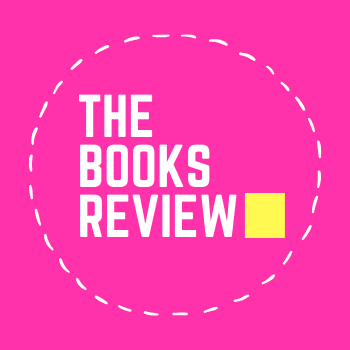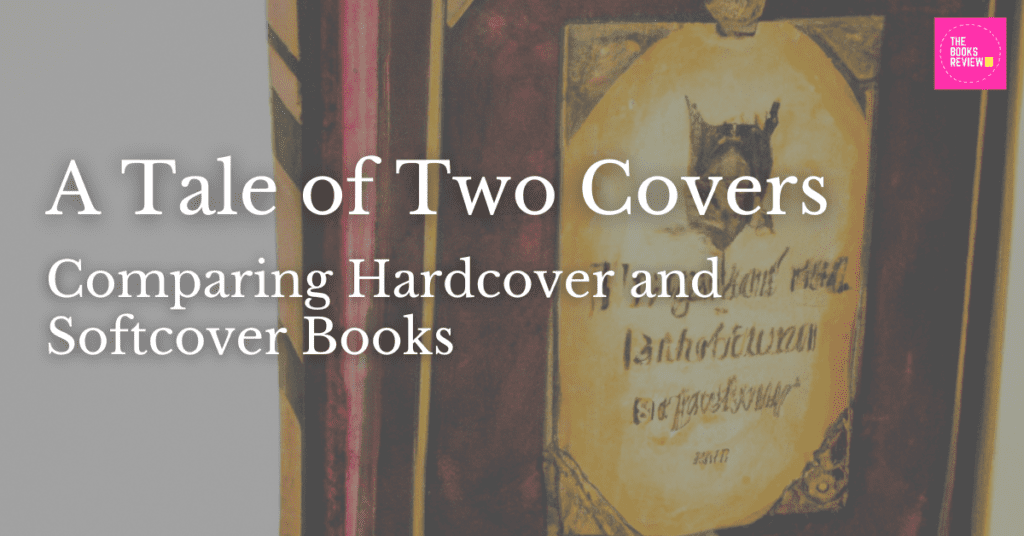Your support helps keep the site running! We recommend books and products we believe in. Some of the links on this page are affiliate links, which means we may earn a commission if you purchase through these links. Read our affiliate disclosure.
As a book enthusiast, you are aware of the variety of books available. The world of books provides us with a diverse range of options, from paperbacks to digital ebooks or audiobooks, and from mass-market editions to premium editions and devices like Amazon Kindle. When it comes to tangible books, though, one of the most popular considerations is whether to go with a hardcover or a softcover.
In this blog article, we’ll look at the distinctions between these two sorts of books and explain the benefits and drawbacks of each.
What are the physical differences between hardcover and softcover books?
There are a few crucial elements to consider when comparing the physical differences between hardcover and softcover books.
For each type of book, the cover, often constructed of various materials, is one of the most noticeable variations.
Hardcover books have a stiffer, more durable cover composed of cardboard or heavy paper that is commonly coated with fabric, leather, or another protective material. Softcover books, on the other hand, feature a more flexible cover made of lightweight paper that is typically coated with a glossy or matte finish to make it more resistant to damage.
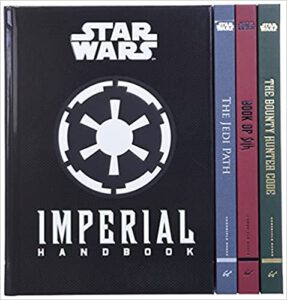
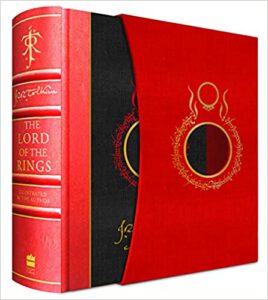
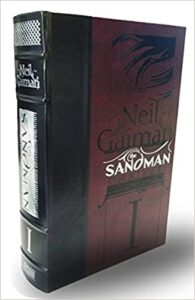
The spine is another significant physical distinction between hardcover and softcover books.
Glue, stitching, or another binding method strengthen the reinforced spine of hardcover books, enhancing their robustness and enabling them to maintain their form over time. Softcover books, on the other hand, frequently feature a spine that is merely folded and attached, making them more flexible but less durable.
Hardcover books are often bigger and heavier than softcover books in terms of overall size and weight.
Hardcover books often use higher-quality, thicker, and more durable paper in their production, which contributes to their tougher covers and stronger spines. As a result, hardcover books might be more difficult to grip and transport, especially over long distances. Softcover books, on the other hand, are often smaller and lighter, making them more portable and convenient to use when on the go.
Personally, these are the situations in which I would opt for a hardcover or softcover.
For a Harry Potter enthusiast such as myself, this MinaLima edition is so difficult to pass. You can also check out these Minalima deluxe editions, which are works of beauty.
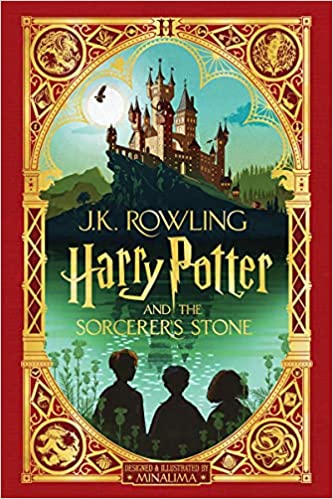
vs. this version (which, of course, I have)

Cost of hardcover and softcover books
When it comes to price, hardcover books are often more expensive than softcover books.
Hardcover books require more time and effort to create, utilizing higher-quality materials. The hard cover adds sturdiness and protection to the pages of the book, making it a popular choice for collectors and those looking for a more substantial and long-lasting reading experience.
Availability of hardcover and softcover books
Both hardcover and softcover books are commonly accessible; however, availability varies depending on the publisher and the book in question.
Hardcover books are often more easily available in physical bookstores since they are a popular choice for collectors and readers who desire a more substantial and durable reading experience. Bookshops frequently display hardcover books prominently, making them easy to locate.
Softcover books, on the other hand, are more often accessible online since they are less expensive and easier to transport due to their reduced weight. They’re also a common choice for mass-market publications like paperbacks, which are frequently offered in supermarkets and other retail locations.
How do hardcover and softcover books affect the environment?
Many people are concerned about the environmental impact of hardcover and softcover books. Both forms of books have distinct environmental implications, and none is inherently more environmentally benign than the other.
But don’t you love the smell of books?
(Or you can choose the Kindle or audiobook way).
Examples of hardcover and softcover books
To give you an idea of these differences, let’s see some examples below.
Harry Potter and the Philosopher’s Stone” by J.K. Rowling
This book’s hardback version is a large and detailed edition with rich artwork and design aspects that enhance the entire reading experience. High-quality materials, including robust covers and thick, durable paper, make the Philosopher’s Stone hardcover version a favorite among collectors and series lovers.

On the other hand, the paperback edition of “Harry Potter and the Philosopher’s Stone” is a more affordable and portable option. The softcover edition is constructed using less expensive components, such as thin paper and a cardboard cover, making it more economical and simpler to produce. Softcover editions are also smaller and lighter than hardcover editions, making them more practical for on-the-go reading.
“Dune” by Frank Herbert
Dune’s boxed set version or the Dune Graphic Novel book are premium editions, with magnificent artwork and design aspects that enhance the entire reading experience. This version makes it a favorite option among collectors and Dune series enthusiasts.
The “Dune” softcover versions are lightweight and portable, making them ideal for your morning commute.

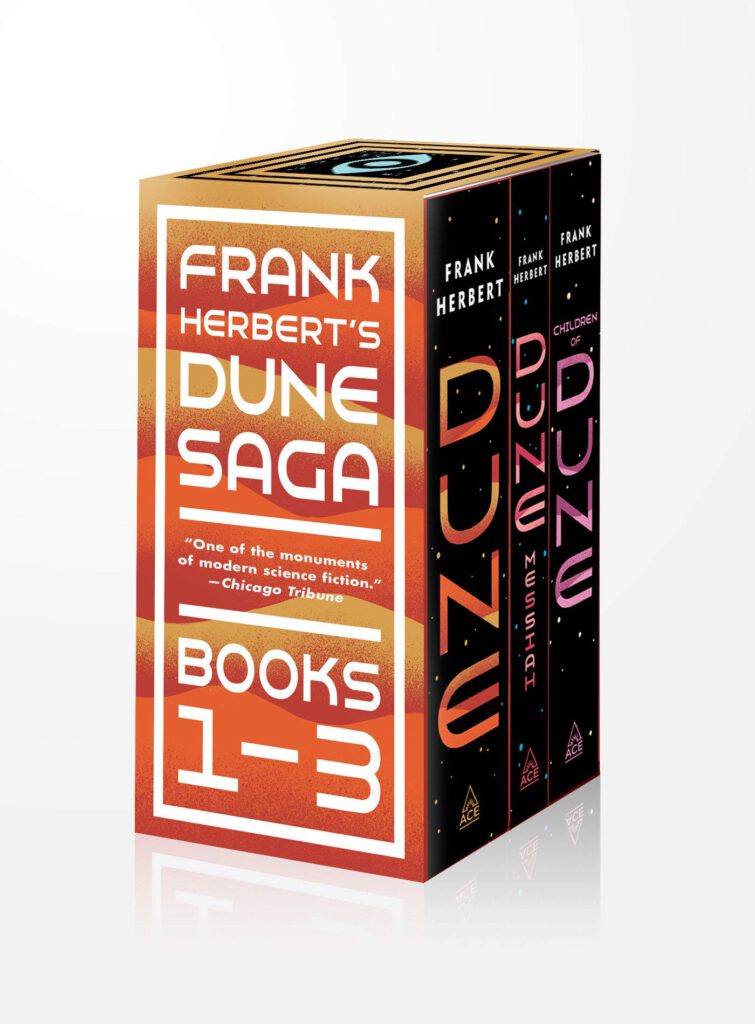
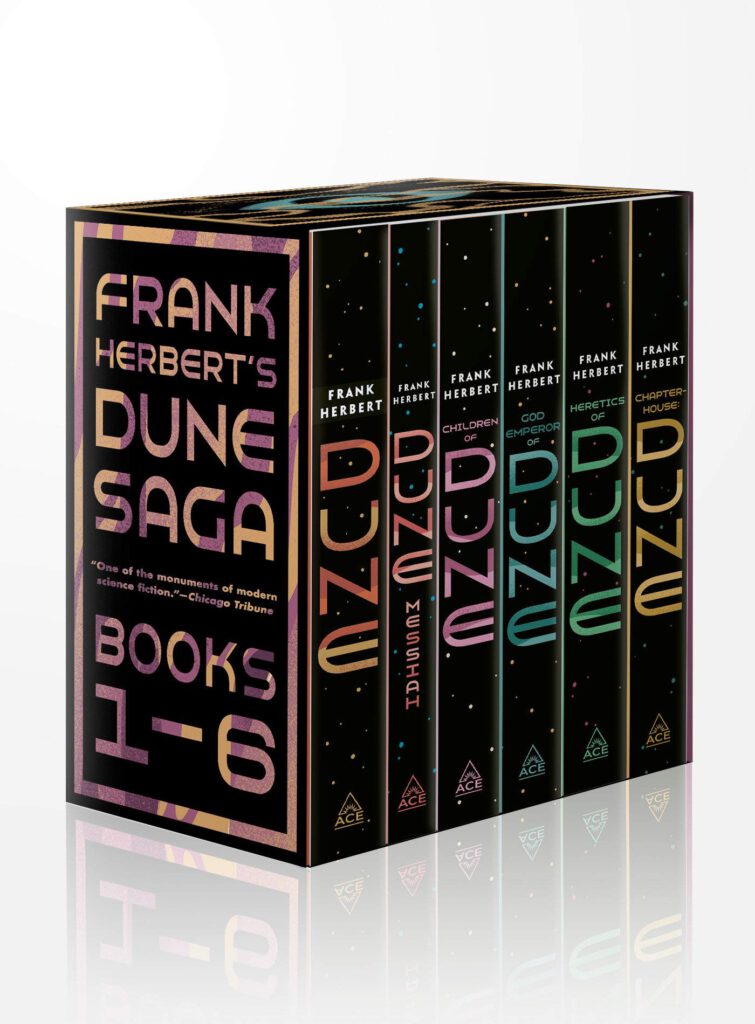
Before You Go…
Before you go, we recommend that you look over the many hardcover and softcover copies of your favorite books to determine which format best meets your requirements and tastes. If you enjoy the Harry Potter series, you should look into the deluxe hardback versions, which provide a genuinely fantastic reading experience. Softcover copies are also an excellent alternative for individuals on a tight budget. (Tip: From time to time the deluxe editions have cool deals, or you can find some good ones to snatch during Black Friday or Cyber Monday days).
Or if you are on the fence, you can always check Audible and audiobooks or check out the impressive Amazon Kindle devices.
Whichever you choose, enjoy your reading!
